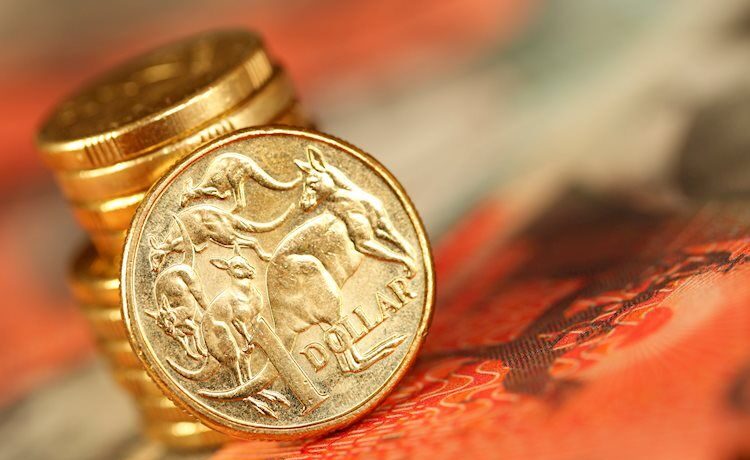- AUD/USD stays above 0.6000, with the US Dollar striving to gain ground after Thursday’s correction.
- The Fed is expected to pursue a gradual policy-easing path.
- Investors await Australian Q3 CPI data for fresh cues about the RBA’s interest rate outlook.
The AUD/USD pair consolidates above the psychological support of 0.6000 in Friday’s European session. The Aussie pair turns sideways as the US Dollar (USD) steadies after Thursday’s corrective move. The US Dollar Index (DXY), which gauges Greenback’s value against six major currencies, hovers near 104.00.
The downside in the US Dollar appears to be limited due to growing expectations that the Federal Reserve’s (Fed) policy-easing approach would be more gradual than what was previously anticipated for the remaining year and that former US President Donald Trump will win national elections on November 5.
According to the CME FedWatch tool, traders are confident that the Fed will cut interest rates at a usual pace of 25 basis points (bps) in the November and December policy meetings. The Fed started the policy-easing cycle in September with a larger-than-usual size of 50 bps, pushing interest rates lower to 4.75%-5.00%.
On the political front, investors expect higher tariffs and lower taxes if Trump returns to the White House, which will force the Federal Reserve (Fed) to keep interest rates higher.
Meanwhile, the Australian Dollar (AUD) has underperformed against its major peers this month despite investors expecting the Reserve Bank of Australia (RBA) to leave its Official Cash Rate (OCR) at its current levels by the year-end. The latest upbeat employment data reinforced expectations that the RBA will not cut interest rates for the remainder of the year.
Going forward, investors will focus on the Australian Q3 Consumer Price Index (CPI) data, which will be published on Wednesday. Australian inflation grew by 1% in the second quarter of this year.
Australian Dollar FAQs
One of the most significant factors for the Australian Dollar (AUD) is the level of interest rates set by the Reserve Bank of Australia (RBA). Because Australia is a resource-rich country another key driver is the price of its biggest export, Iron Ore. The health of the Chinese economy, its largest trading partner, is a factor, as well as inflation in Australia, its growth rate and Trade Balance. Market sentiment – whether investors are taking on more risky assets (risk-on) or seeking safe-havens (risk-off) – is also a factor, with risk-on positive for AUD.
The Reserve Bank of Australia (RBA) influences the Australian Dollar (AUD) by setting the level of interest rates that Australian banks can lend to each other. This influences the level of interest rates in the economy as a whole. The main goal of the RBA is to maintain a stable inflation rate of 2-3% by adjusting interest rates up or down. Relatively high interest rates compared to other major central banks support the AUD, and the opposite for relatively low. The RBA can also use quantitative easing and tightening to influence credit conditions, with the former AUD-negative and the latter AUD-positive.
China is Australia’s largest trading partner so the health of the Chinese economy is a major influence on the value of the Australian Dollar (AUD). When the Chinese economy is doing well it purchases more raw materials, goods and services from Australia, lifting demand for the AUD, and pushing up its value. The opposite is the case when the Chinese economy is not growing as fast as expected. Positive or negative surprises in Chinese growth data, therefore, often have a direct impact on the Australian Dollar and its pairs.
Iron Ore is Australia’s largest export, accounting for $118 billion a year according to data from 2021, with China as its primary destination. The price of Iron Ore, therefore, can be a driver of the Australian Dollar. Generally, if the price of Iron Ore rises, AUD also goes up, as aggregate demand for the currency increases. The opposite is the case if the price of Iron Ore falls. Higher Iron Ore prices also tend to result in a greater likelihood of a positive Trade Balance for Australia, which is also positive of the AUD.
The Trade Balance, which is the difference between what a country earns from its exports versus what it pays for its imports, is another factor that can influence the value of the Australian Dollar. If Australia produces highly sought after exports, then its currency will gain in value purely from the surplus demand created from foreign buyers seeking to purchase its exports versus what it spends to purchase imports. Therefore, a positive net Trade Balance strengthens the AUD, with the opposite effect if the Trade Balance is negative.













